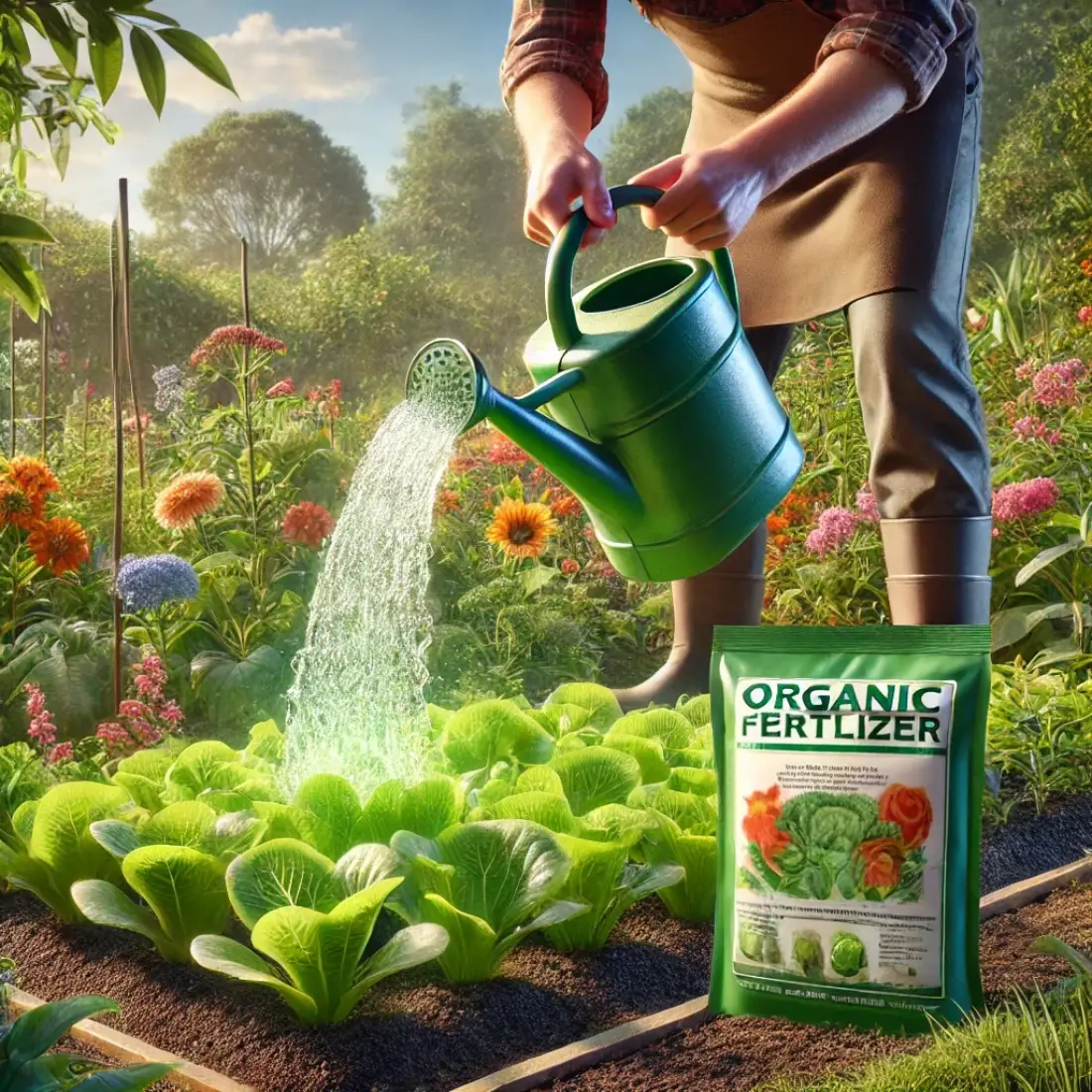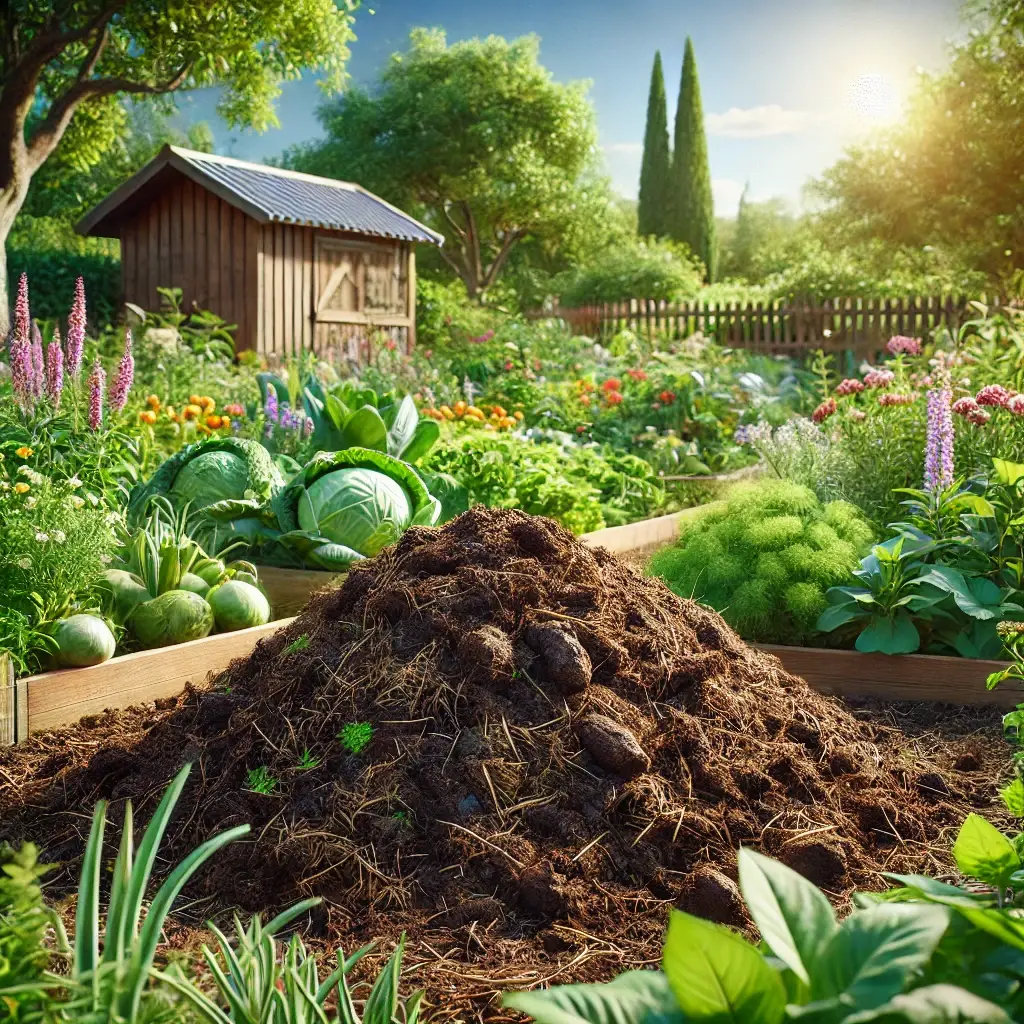Fish emulsion is an organic fertilizer made from fish scraps, and it’s known for its rich nutrient profile that can enhance soil quality and promote vigorous plant growth. By making your own fish emulsion at home, you can provide your plants with a potent source of nutrients, improve their resilience, and support sustainable gardening practices.
- DIY fish emulsion is a cost-effective and eco-friendly fertilizer.
- It improves soil health and promotes vigorous plant growth.
- Easy to make with simple ingredients and minimal equipment.
- Suitable for a variety of plants including vegetables, flowers, and shrubs.
What is Fish Emulsion?
Fish emulsion is an organic liquid fertilizer made from fish parts and water. It is rich in essential nutrients like nitrogen, phosphorus, and potassium, which are vital for plant growth. Compared to other organic and chemical fertilizers, fish emulsion is more sustainable and eco-friendly, providing a slow release of nutrients that improve soil health over time.
Benefits of Using Fish Emulsion
Using fish emulsion as a fertilizer offers several benefits:
- Improved Soil Structure: Enhances microbial activity and soil aeration.
- Nutrient-Rich: Contains essential nutrients that promote plant growth and development.
- Sustainable: Made from fish waste, reducing environmental impact.
- Eco-Friendly: Safe for use in organic gardening and reduces the need for chemical fertilizers.
Ingredients and Tools Needed
Ingredients:
- Fish scraps (heads, bones, guts)
- Water
- Molasses (optional, for added nutrients and improved fermentation)
- Optional additives: Seaweed, Epsom salts
Tools:
- Large container with a lid
- Stirring stick
- Strainer or cheesecloth
- Gloves
Step-by-Step Guide to Making Fish Emulsion
Collecting Fish Scraps
- Sources: Obtain fish scraps from local fish markets, restaurants, or your own kitchen.
- Types of Fish: Use any type of fish, but oily fish like salmon or mackerel are particularly nutrient-rich.
Preparing the Mixture
- Ratio: Mix 1 part fish scraps with 2 parts water. Add 1-2 tablespoons of molasses for every gallon of water to enhance fermentation and nutrient content.
- Optional Additives: Add seaweed or Epsom salts to boost micronutrients.
Fermentation Process
- Fermentation Time: Allow the mixture to ferment for 2-3 weeks. The process can take longer in cooler temperatures.
- Tips for Optimal Fermentation: Stir the mixture daily to promote even fermentation and prevent the buildup of harmful bacteria. Keep the container covered to reduce odors and protect from pests.
Straining and Storing the Emulsion
- Straining: After fermentation, strain the mixture using a strainer or cheesecloth to remove solid particles.
- Storage: Store the strained liquid in a sealed container. Keep it in a cool, dark place. The emulsion can last several months if stored properly.
How to Apply Fish Emulsion to Plants
- Seedlings: Dilute 1 tablespoon of fish emulsion in 1 gallon of water.
- Established Plants: Use 1/4 cup of fish emulsion in 1 gallon of water.
Application Methods
- Foliar Spray: Use a spray bottle to apply the diluted fish emulsion directly to plant leaves. This method allows for quick nutrient absorption.
- Soil Drench: Pour the diluted solution around the base of the plants. This ensures nutrients reach the roots, promoting robust growth.
Frequency of Application
- Vegetables and Annuals: Apply every 2-3 weeks during the growing season.
- Perennials and Shrubs: Apply once a month.
- Houseplants: Use every 4-6 weeks to avoid over-fertilization.
Safety and Precautions
- Handling: Always wear gloves when handling fish emulsion to avoid contact with your skin.
- Storage: Store fish emulsion in a cool, dark place in a sealed container to prevent spoilage and reduce odors.
- Odor Control: Adding a bit of molasses can help mask the fishy smell. Ensure proper ventilation when applying the emulsion indoors.
Common Mistakes to Avoid
- Overuse: Using too much fish emulsion can lead to nutrient burn, where excess nutrients harm the plant roots.
- Improper Fermentation: Not stirring the mixture regularly or keeping it in an unsuitable environment can lead to poor fermentation and ineffective fertilizer.
- Inconsistent Application: Regular, consistent application is key to seeing the benefits of fish emulsion.
Enhancing Fish Emulsion with Additives
- Seaweed Extract: Adds trace minerals and boosts plant immunity.
- Epsom Salts: Provides magnesium, which is essential for chlorophyll production.
- Compost Tea: Mixing fish emulsion with compost tea can enhance microbial activity and nutrient availability.
Additional Tips for Maximizing Plant Health
- Combining Fertilizers: Use fish emulsion alongside other organic fertilizers, like compost or manure, for a balanced nutrient profile.
- Companion Planting: Planting certain crops together can improve nutrient uptake and pest resistance. For example, planting beans with corn can boost nitrogen levels in the soil.
FAQs about DIY Fish Emulsion
How long does homemade fish emulsion last?
Homemade fish emulsion can last for several months if stored properly in a sealed container in a cool, dark place. Ensure it’s well-strained to remove solid particles that could spoil.
Can I use fish emulsion on all types of plants?
Yes, fish emulsion is versatile and can be used on a wide variety of plants, including vegetables, flowers, shrubs, and even houseplants. Just be sure to adjust the dilution ratio according to the plant type and growth stage.
What should I do if my fish emulsion smells bad?
Fish emulsion can have a strong odor, but if it smells rotten or extremely foul, it might be spoiled. To reduce odor, add a bit of molasses during the fermentation process and ensure proper ventilation when applying it.
Is fish emulsion safe for edible plants?
Yes, fish emulsion is safe for edible plants and is an excellent organic fertilizer for vegetables and herbs. Just ensure it’s properly diluted and applied according to guidelines to avoid nutrient burn.
How often should I apply fish emulsion to my plants?
For vegetables and annuals, apply fish emulsion every 2-3 weeks during the growing season. Perennials and shrubs can be fertilized once a month, and houseplants every 4-6 weeks.
Can I make fish emulsion without molasses?
Yes, you can make fish emulsion without molasses, but adding it helps improve the fermentation process and provides additional nutrients. If you prefer, you can substitute molasses with other sugars like brown sugar.
Will fish emulsion attract pests to my garden?
Fish emulsion may attract pests if not properly applied or if the mixture is too concentrated. Applying it in the early morning or evening and ensuring it’s well-diluted can help minimize this risk.
How can I tell if my plants are benefiting from fish emulsion?
Signs that your plants are benefiting from fish emulsion include greener leaves, stronger stems, more blooms, and overall vigorous growth. Consistent use over time will provide noticeable improvements.
Can I use fish emulsion during all seasons?
Fish emulsion is best used during the growing season when plants are actively developing. It can be used in early spring to boost new growth and throughout the summer. Avoid using it during dormant periods.
How do I prevent nutrient burn when using fish emulsion?
To prevent nutrient burn, always dilute fish emulsion according to the recommended ratios and avoid over-application. Monitor your plants for signs of stress, and adjust the frequency and concentration as needed.










